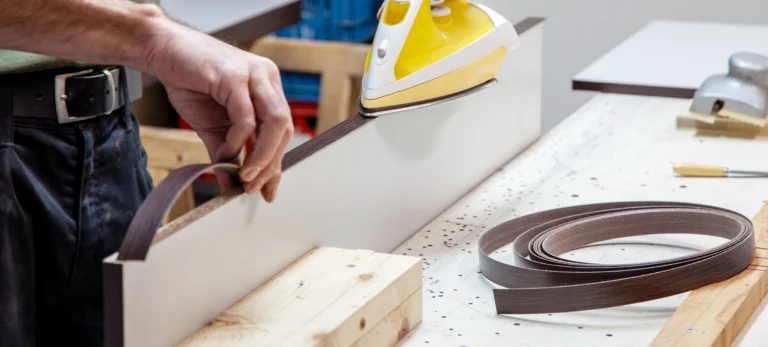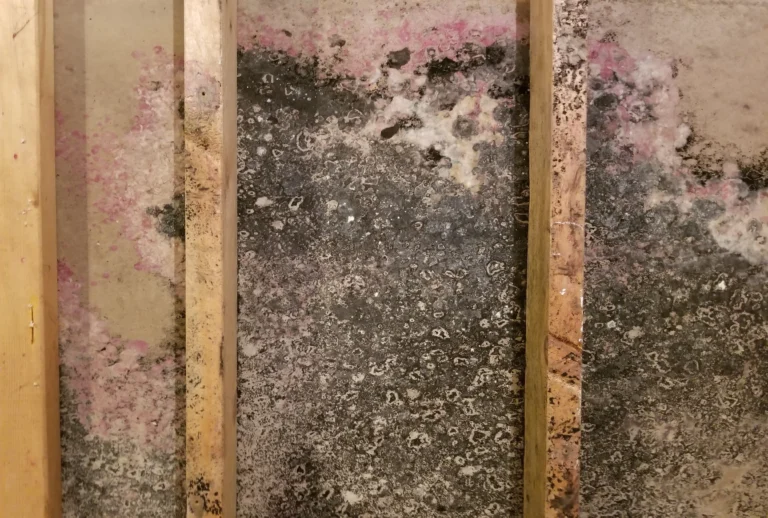Congratulations on revamping your room with a fresh coat of paint! Now that your space is looking all vibrant and new, the burning question is when you can comfortably dive back into your cozy haven and catch some Z’s. Don’t fret; we’re here to unravel the mysteries of paint drying and guide you through the nuances of different paint types, ensuring that your newly painted room becomes a haven for a good night’s sleep.
Understanding Paint Drying:
When you paint a room, the paint needs time to dry properly. This drying time depends on things like the type of paint you used, how many coats you applied, and how well the room is ventilated. Some paints dry faster than others, and factors like humidity and temperature play a role too. Being patient during this drying process helps the paint look its best.
Different Types of Paint
The type of paint you choose affects how long it takes for the room to dry and when you can use it again. Quick-drying paints like water-based or latex options are great because you don’t have to wait as long. On the other hand, oil-based paints take longer to dry, sometimes up to a whole day. Knowing which paint you used helps you plan when it’s safe to go back to using the room regularly. This makes the painting process more practical, ensuring a smoother return to normal activities. Here’s a list of common types of paint along with estimated drying times:
Water-Based or Latex Paint:
- Drying Time: Approximately 1-2 hours to touch, and 24 hours for recoating.
- Advantages: Quick-drying, low odor, and easy cleanup with water.
Oil-Based Paint:
- Drying Time: About 6-8 hours to touch, and 24-48 hours for recoating.
- Advantages: Durable finish, suitable for high-traffic areas, and provides a protective coating.
Chalk Paint:
- Drying Time: Typically dries within 30 minutes to 1 hour.
- Advantages: Matte finish, minimal prep work required, and popularity for furniture and decorative painting.
Acrylic Paint:
- Drying Time: Quick-drying, often within 20-30 minutes.
- Advantages: Versatile, water-soluble, and suitable for various surfaces.
Enamel Paint:
- Drying Time: Around 6-8 hours to touch, and 24 hours for recoating.
- Advantages: Glossy finish, durable, and commonly used for models, crafts, and metal surfaces.
Spray Paint:
- Drying Time: Touch-dry within 10-30 minutes, recoating after 1 hour.
- Advantages: Convenient for even application, quick-drying, and suitable for various surfaces.
Primer Paint:
- Drying Time: Approximately 30 minutes to 1 hour to touch.
- Advantages: It prepares surfaces for painting, improves adhesion, and helps achieve a smooth finish.
These are general estimates, and actual drying times may vary based on factors such as humidity, temperature, and the number of coats applied. Always refer to the specific product label for accurate drying time information.
Layers and Coatings
The number of coats applied during a painting project directly influences the drying time. Adding multiple layers necessitates extra time for each coat to dry thoroughly. It’s essential to adhere to the recoating intervals specified by the manufacturer. Following these recommendations ensures that each layer dries properly and sets the stage for a smooth, well-finished surface. Taking heed of recoating guidelines contributes to the overall success and longevity of your paint job, creating a professional and polished result.
Humidity Level
Elevated humidity levels and cooler temperatures can prolong the drying process. Achieving optimal conditions entails maintaining moderate humidity levels and ensuring temperatures fall within the recommended range indicated on the paint can. Striking this balance creates an environment conducive to efficient paint drying, ensuring that your project progresses smoothly and in accordance with manufacturer guidelines.
Volatile Organic Compounds
Painting isn’t just about colors; there are health things to think about too. Some paints release chemicals called VOCs while drying, and breathing in too much of these can be bad for you. Choosing low-VOC or zero-VOC paints helps reduce this risk. It’s also crucial to let fresh air into the room during and after painting to make sure any lingering paint smells go away.
Waiting Time
You’re probably wondering when it’s safe to sleep in your freshly painted room. Even though the paint might feel dry to the touch after a few hours, it’s best to wait at least 24 hours before sleeping there. For oil-based paints or if the conditions aren’t perfect, waiting up to 48 hours is smart. Sniffing the air can also help; if you still smell a lot of paint, it’s a good idea to wait a bit longer.
Ventilation
Ventilation is a crucial factor in expediting the drying process and minimizing the impact of paint fumes on indoor air quality. To achieve this, it’s essential to keep windows open and use fans for a minimum of 48 hours after painting. This strategic airflow helps disperse lingering fumes, allowing fresh air to circulate and accelerating the dissipation of potentially harmful chemicals. By prioritizing effective ventilation, you create a safer and more comfortable environment for occupying the newly painted room.
Air Purifiers
An additional measure to enhance indoor air quality and neutralize paint odors involves the use of air purifiers equipped with activated carbon filters. These specialized filters are effective in trapping and absorbing volatile organic compounds (VOCs) emitted by paint, contributing to a healthier and more breathable atmosphere. By incorporating air purifiers into the post-painting strategy, you can further mitigate any residual odors and promote an environment that prioritizes your well-being.
Contact with Painted Surfaces
To minimize the risk of skin contact with residual paint chemicals, it’s advisable to avoid direct contact with painted surfaces. Refrain from leaning against painted walls or touching recently painted objects. This precautionary measure helps reduce exposure to potentially harmful substances present in the paint, promoting skin safety.
The Paint Takeaway
Painting your room is a fun project, but it’s essential to understand how long the paint needs to dry for the best results. By knowing the type of paint, ensuring good ventilation, and being patient, you’ll figure out the perfect time to enjoy your newly painted room. So, when can you sleep in a room you just painted? Give it at least 24 hours, take a deep breath, and enjoy your cozy, colorful space!
For reliable and safe paint options, consider exploring the range of products offered by Island Paints. Their trusted line of paints ensures high-quality results, regardless of drying time. Whether you’re looking for quick-drying solutions or paints with longer drying periods, Island Paints provides a diverse selection to suit your project needs. Rest assured that with Island Paints, you’ll achieve a professional finish and long-lasting results, making them a go-to choice for your painting endeavors. Explore their product line today for a seamless and satisfying painting experience.
References:
https://renaissancepainting.ca/different-kinds-of-paint-and-factors-that-affect-paint-drying-time/
https://www.homebuilding.co.uk/advice/types-of-paint
https://www.asianpaints.com/blogs/types-of-paints-uses-and-applications-of-paints.html
https://www.epa.gov/indoor-air-quality-iaq/what-are-volatile-organic-compounds-vocs





